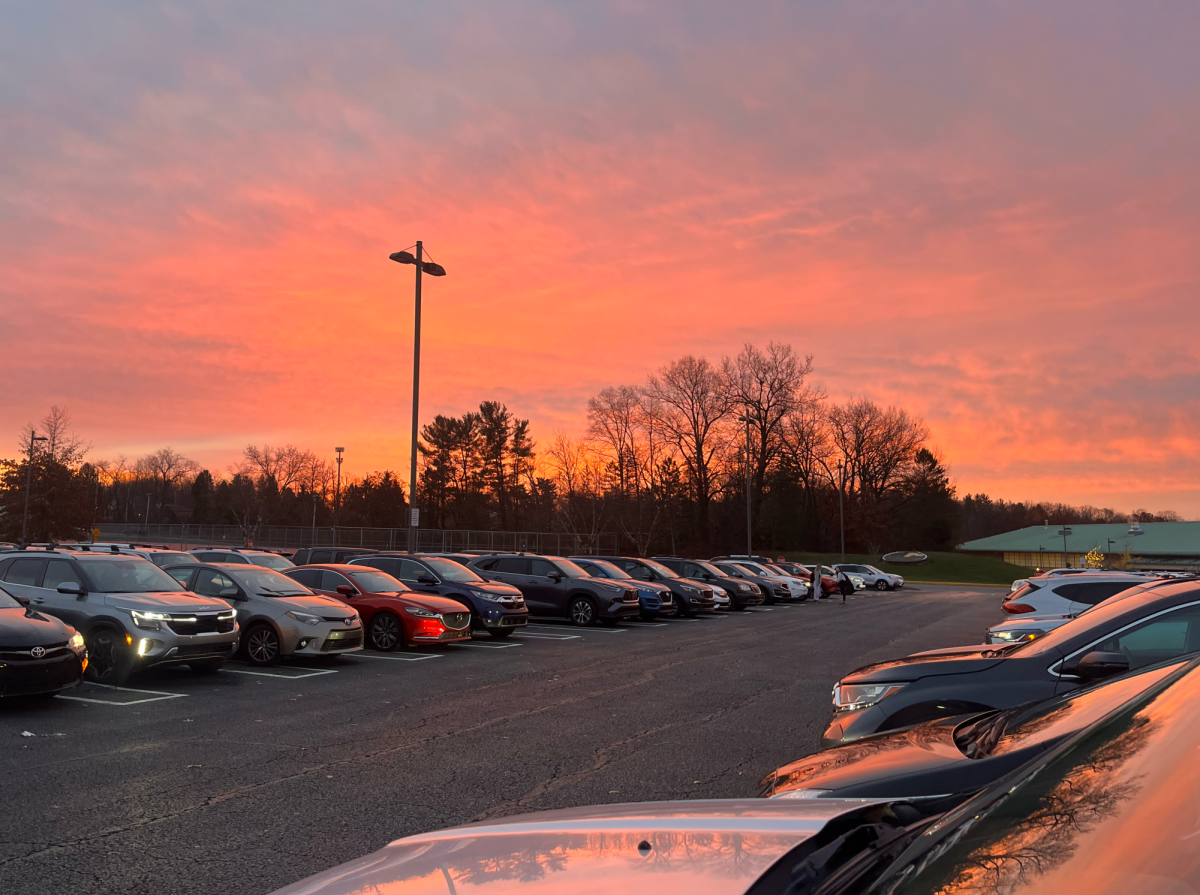James Henry Leigh Hunt, a famous English poet and essayist, once described colors as “the smiles of nature.”
After witnessing a sunrise or sunset from its start, through its completion, it’s difficult to argue with him. Most people agree that there is extreme and almost captivating beauty in both sunrises and sunsets. However, a longstanding debate continues regarding which colorful display is prettier.
According to one survey, 57% of people argue that sunsets are more beautiful, while only 32% stand for the sunrises. Eleven percent of people responded saying that they cannot choose between the two.
However, while there seems to be a clear majority, there isn’t a clear understanding of why sunrises face such lack of favor.
The first explanation for the underappreciation of sunrises is the simple lack of an audience they receive. One sleep study found that only one third of American adults wake up within the hour of dawn. In addition, unless we take time out of our morning routine, or wake up extra early for a sunrise hike or run, the early hours of the day don’t provide enough time to truly appreciate the sun’s arrival.
This explanation makes logical sense, considering a frequent disdain for mornings and the monotonous routine of making it to school and work on time and in good shape. In fact, another survey claimed that 95% of people hate getting up in the morning.
On the website Live Science, author Natalie Wolchover discussed the interesting debate between sunrises and sunsets and the actual altogether similarity of the two. As Wolchover states, “It’s impossible to completely divorce our perceptions of the scene from our awareness of the hour.”
In other words, by only being shown a picture of a sunrise or sunset without context, people would have a hard time distinguishing between the two. This, again, affirms the bias against sunrises.
Furthermore, as Wolchover explains, adjusting our eyes to the light can also cause a different perception in the colors and composition of the sunrises.
The debate centers even more on the time of day instead of the colorful scene when it’s realized that sunrises and sunsets are the exact same scientifically.
Sunrises and sunsets are types of twilight phenomena, meaning that the sun’s light is scattered about the horizon, distributed by pollutants and matter in the sky. Dust, smoke, and random particles contribute to something one scientific article defines as “scattering” — the real explanation for the make-up and cause of the sun displays.
“The colors of the sunset and sunrise results from a phenomenon called scattering,” the article states. “Molecules and small particles in the atmosphere change the direction of light rays, causing them to scatter. Scattering affects the color of light coming from the sky, but the details are determined by the wavelength of the light and the size of the particle.”
Interestingly enough, cyclical twilight phenomena, like sunrises and sunsets, are symmetrical on opposite sides of midnight. “There’s no inherent, natural cause of a major optical difference between them.”
Furthermore, because the Earth is the moving object, not the sun, sunrises and sunsets really are no different. The sun is not even truly rising or setting. So why the persistent underappreciation of sunrises?


